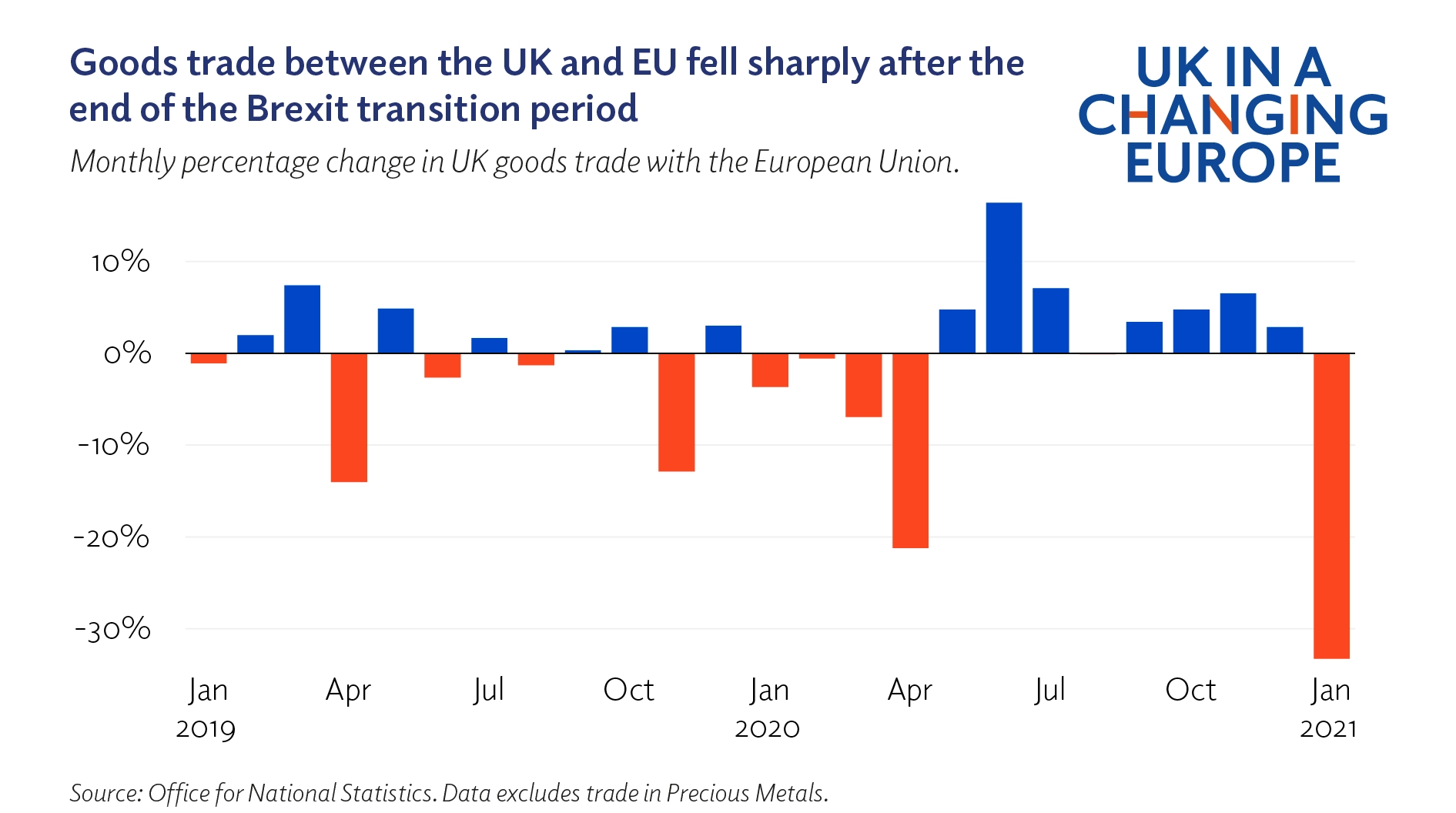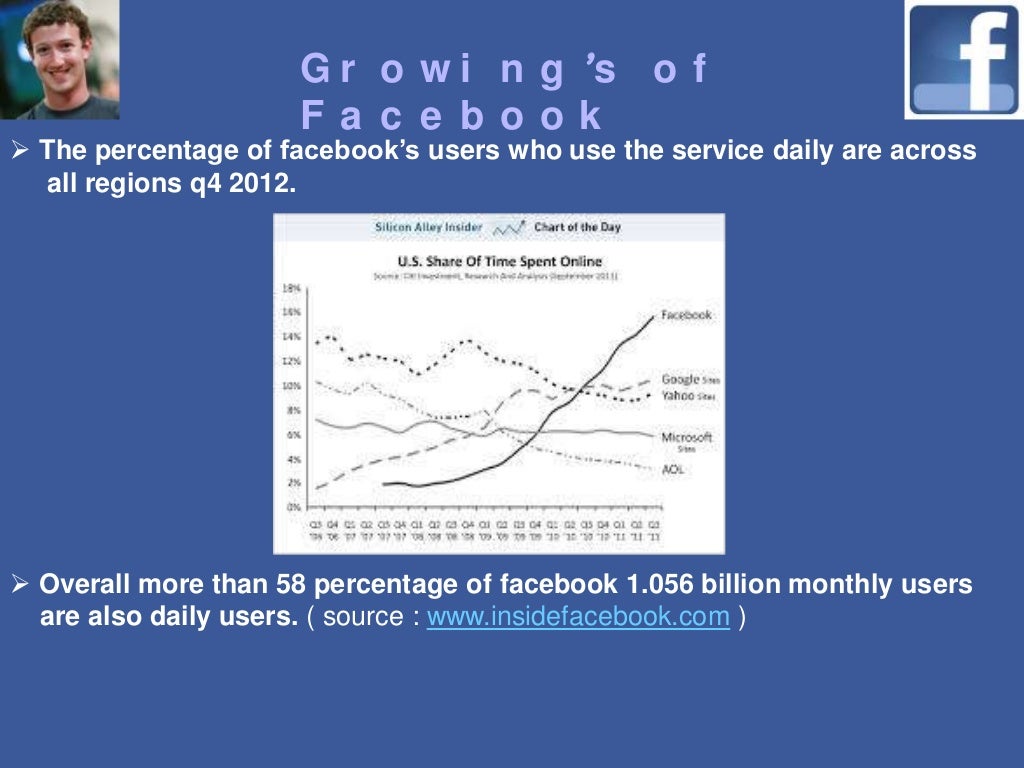Brexit And The UK Luxury Goods Sector: Export Challenges

Table of Contents
Increased Bureaucracy and Administrative Costs
Brexit has dramatically increased the administrative burden on UK luxury goods exporters. Navigating the new trade landscape requires meticulous attention to detail and incurs substantial additional costs.
Navigating New Customs Procedures
The post-Brexit customs environment is significantly more complex. Exporters now face:
- Increased paperwork: The sheer volume of documentation required has exploded, including detailed certificates of origin, comprehensive customs declarations, and often specific product certifications depending on the item. This necessitates specialized software and training to ensure compliance.
- Delays at borders: Lengthier customs checks and inspections at EU borders lead to significant delays, resulting in stock shortages, missed sales opportunities, and damage to brand reputation. Time-sensitive deliveries, especially important for perishable or seasonal luxury goods, are particularly vulnerable.
- Higher costs associated with customs brokers and compliance specialists: Businesses are forced to invest in expensive external expertise to navigate the complexities of customs regulations, adding to the overall cost of exporting. This expertise is not readily available for all businesses leading to a cost disadvantage to smaller companies.
Non-Tariff Barriers
Beyond tariffs, non-tariff barriers represent a significant challenge. These include:
- Stricter regulations for specific materials and manufacturing processes: Meeting EU sanitary and phytosanitary (SPS) regulations, and technical barriers to trade (TBT) standards, can be costly and time-consuming, especially for luxury goods with intricate designs and materials.
- Compliance costs associated with meeting EU standards: The cost of testing, certification, and adaptation to comply with various EU standards places an added financial strain on businesses.
- Potential for delays and rejections due to non-compliance: Even minor discrepancies in documentation or product specifications can lead to significant delays, rejections, and ultimately, lost sales.
Supply Chain Disruptions
Brexit has created significant ripples throughout the supply chains supporting the UK luxury goods sector.
Logistics and Transportation Challenges
The changes to transportation routes and increased border checks have resulted in:
- Increased transportation costs due to longer transit times and additional handling: The need for additional documentation and checks adds time and expense to each shipment.
- Risk of damage or loss during transit due to increased handling: The additional handling associated with border checks increases the risk of damage to fragile luxury goods.
- Difficulty in securing reliable transportation partners experienced with post-Brexit regulations: Finding logistics providers who are fully compliant with all the new regulations is a growing challenge.
Impact on Sourcing and Manufacturing
Many UK luxury goods rely on components or manufacturing processes within the EU. Brexit has severely impacted this:
- Increased costs for sourcing materials from the EU: Tariffs and increased transportation costs make EU-sourced materials significantly more expensive.
- Potential delays in manufacturing due to disruptions in the supply of components: Any disruption in the supply chain can halt production, leading to missed deadlines and lost sales.
- Need to diversify sourcing strategies to mitigate risk: Businesses are increasingly looking to diversify their sourcing beyond the EU to reduce their reliance on a single region.
Market Access and Consumer Sentiment
Brexit has had a multifaceted impact on market access and consumer perception of UK luxury goods.
Reduced Market Access to the EU
Brexit has made accessing the crucial EU market significantly more difficult:
- Increased tariffs on certain goods: Tariffs increase the price of goods, reducing their competitiveness in the EU market.
- Potential for reduced consumer demand due to price increases: Higher prices can deter consumers, especially in a luxury market where price sensitivity can be high.
- Increased competition from other luxury goods producers within the EU: EU producers now have a relative competitive advantage over UK exporters.
Impact on Brand Perception
Brexit has also raised concerns regarding brand perception amongst EU consumers:
- Concerns about the quality or availability of goods: Uncertainty surrounding supply chains and increased costs can impact consumer confidence.
- Negative publicity surrounding Brexit impacting brand image: The overall negative press surrounding Brexit can spill over and affect consumer perceptions of UK brands.
- Need for effective marketing strategies to address these concerns: Proactive marketing and communication strategies are crucial to maintain and rebuild brand trust.
Conclusion
Brexit has presented considerable challenges for the UK luxury goods sector, impacting exports through increased bureaucracy, supply chain disruptions, and reduced market access. Addressing these issues requires a multifaceted approach: investment in technology to streamline customs processes, diversification of supply chains, and robust marketing strategies to maintain brand reputation. Businesses must adapt proactively to the changing landscape to navigate these Brexit export challenges and remain competitive in the global luxury market. Ignoring the Brexit impact on UK luxury goods exports could jeopardize the future of this vital sector. Invest in understanding and mitigating these challenges to secure the future of your business.

Featured Posts
-
 Journee Internationale Des Droits Des Femmes A Biarritz Un Programme Riche En Echanges
May 20, 2025
Journee Internationale Des Droits Des Femmes A Biarritz Un Programme Riche En Echanges
May 20, 2025 -
 Dzhennifer Lourens Podtverzhdenie Rozhdeniya Vtorogo Rebenka
May 20, 2025
Dzhennifer Lourens Podtverzhdenie Rozhdeniya Vtorogo Rebenka
May 20, 2025 -
 Nyt Mini Crossword Solutions For March 27th
May 20, 2025
Nyt Mini Crossword Solutions For March 27th
May 20, 2025 -
 Mondays D Wave Quantum Qbts Stock Increase A Detailed Analysis
May 20, 2025
Mondays D Wave Quantum Qbts Stock Increase A Detailed Analysis
May 20, 2025 -
 Mark Zuckerbergs Leadership In A Trumpian World
May 20, 2025
Mark Zuckerbergs Leadership In A Trumpian World
May 20, 2025
